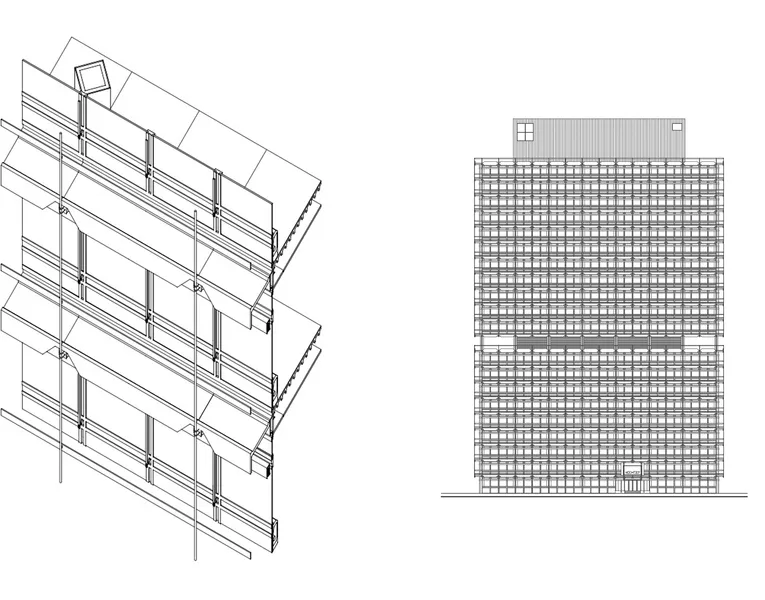
Thicker
Thicker will unpack the sociological, symbolic, performative and of course aesthetic demands placed on the outermost inches of a building. Through case studies, essays, interviews and analyses, this projects seeks to depict the logics, challenges, and constraints of a curtain wall system.
For the last half century, the image of an office building has been synonymous with the glass curtain wall. Pioneered as early as Mies’ proposal for Friedrichstrasse, the soaring, diaphanous planes of glass stood for technological modernization and global capital unlike any other architectural element. The curtain wall defined not only the image of an architectural typology, it defined twentieth century urbanization in ways that we are only beginning to fully understand. Beyond the sociological or typological, its farthest-reaching consequences are without a doubt ecological. In the few inches of those thin panes, the curtain wall embodied the quixotic twentieth century attitude of building against nature — of building to control nature.
Today, we understand more clearly the impacts of that arrogance. In New York, the single greatest challenge to architects over the next decade will be the retrofit of the glazed energivores. The city’s Green New Deal announced in 2019 includes the ban of all-glass structures. While this ban surprised many it is architectural imposition, it presents a wake-up call and an opportunity to question what has been a lazy default of office design both on a typological but also on a representational standpoint. However, before we can change a system, we need to understand it more deeply.
This research will be anchored by a selection of precedents that offer alternatives to the all-glass facade. Taken from across a spectrum of historical periods as well as geographical locations, the projects question the values that we place in a facade and speak towards new possibilities. The case studies will be complemented by essays, historical and contemporary, that bring different perspectives to the question of envelope, expression, and performance.
Contact: Margherita Sorgentone